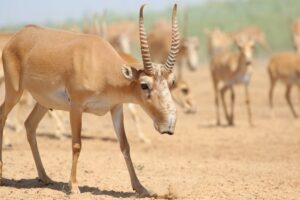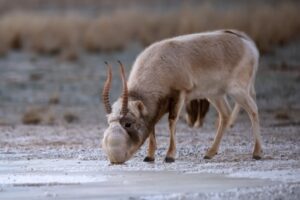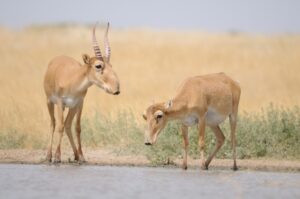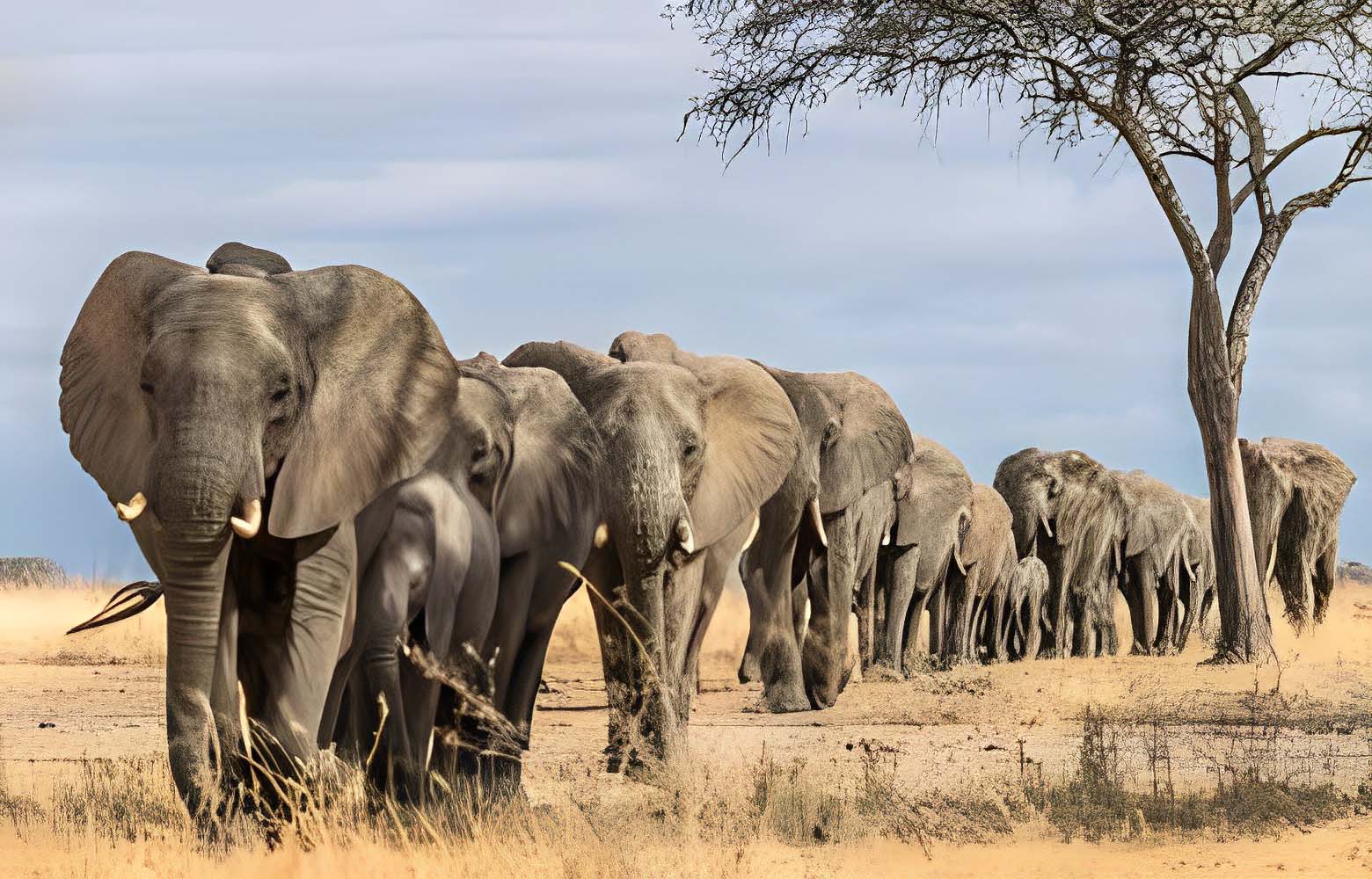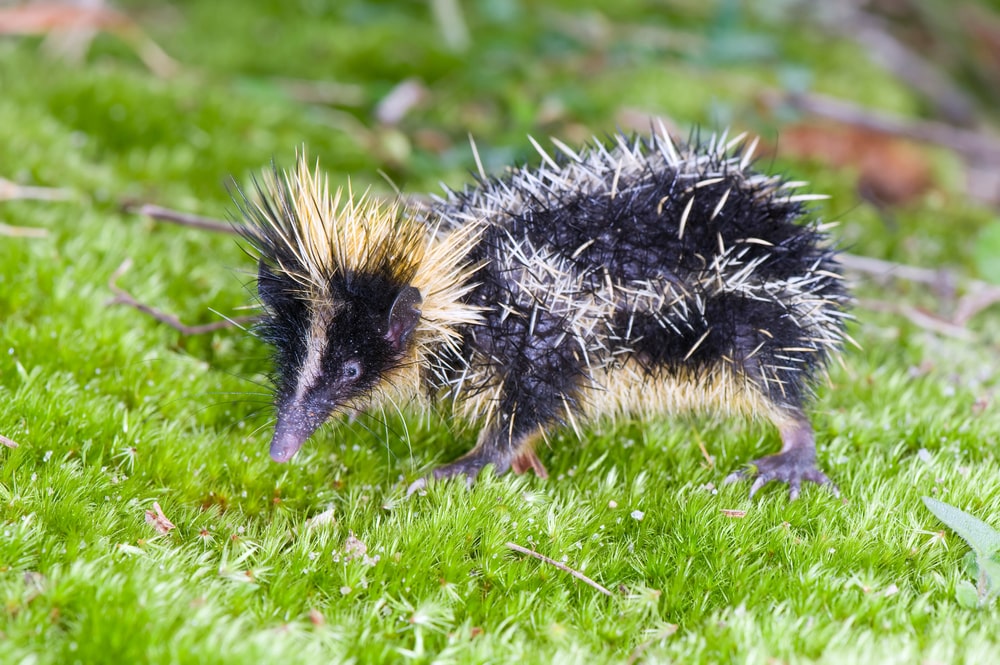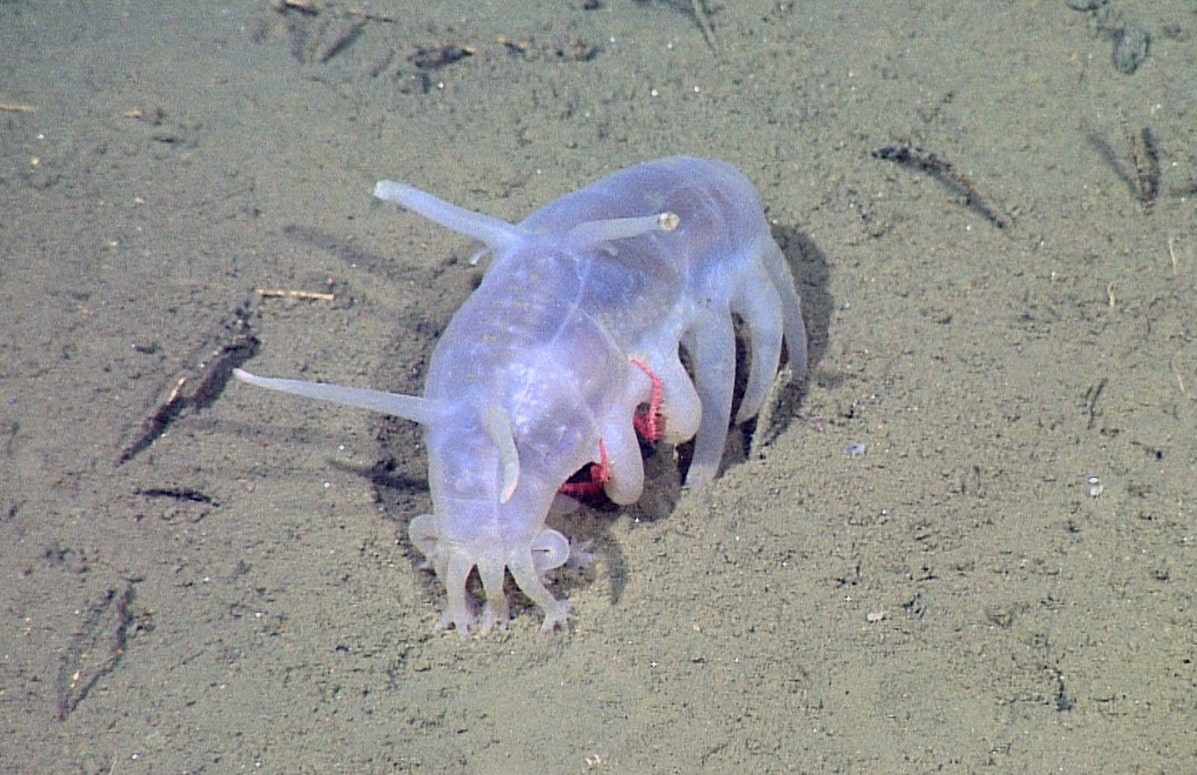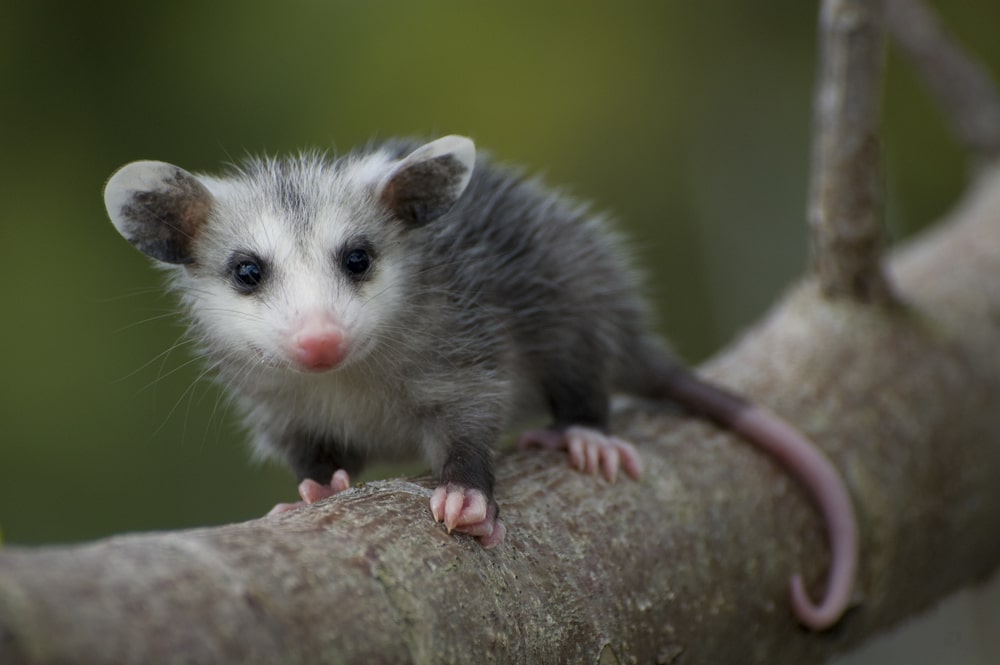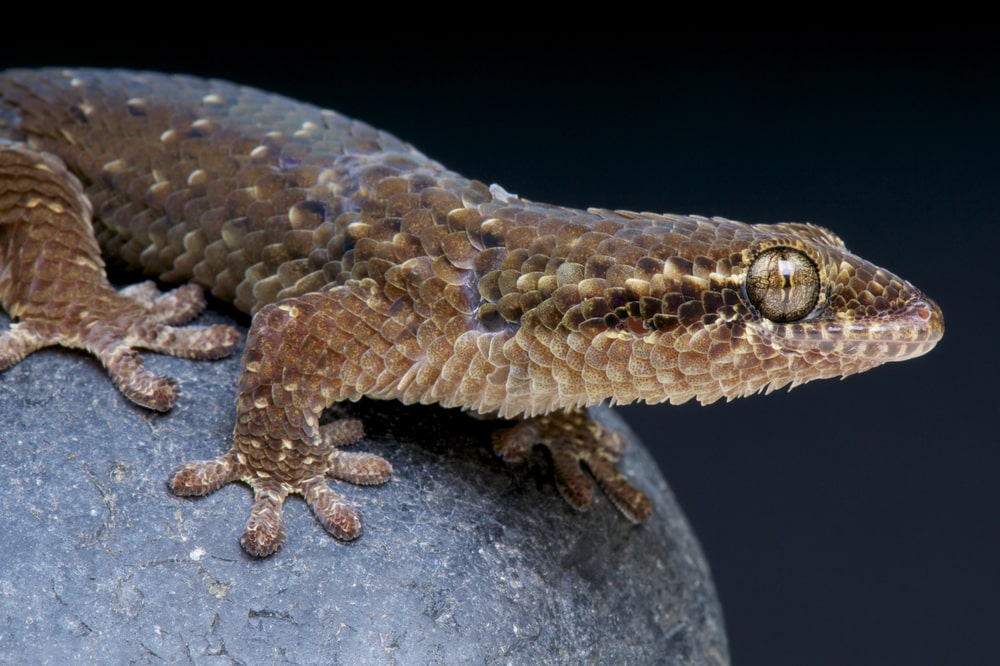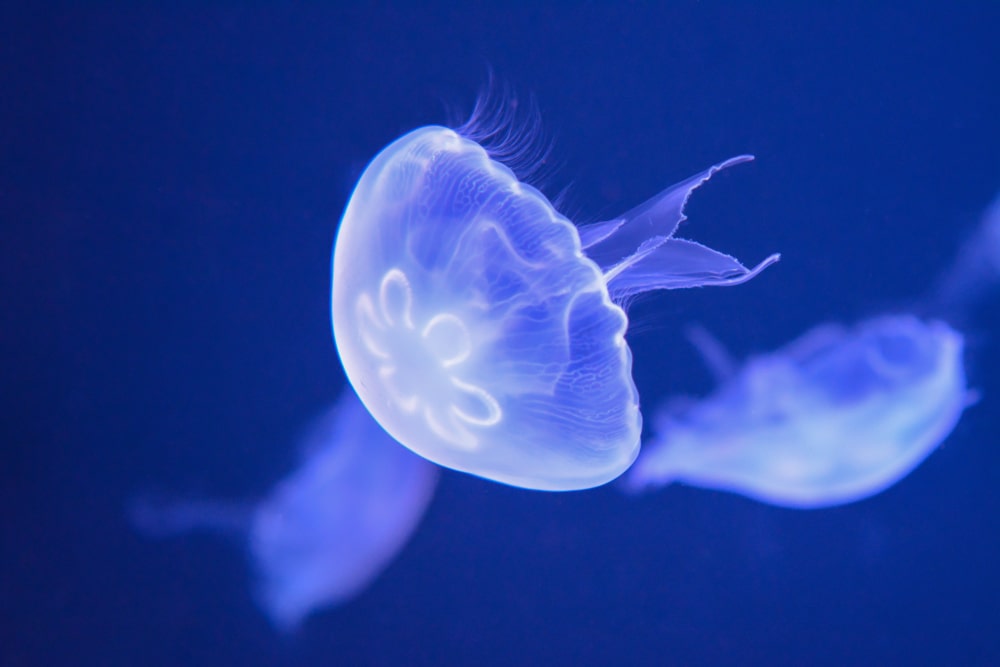Saiga Antelope facts, Extinct Animal Population & Adaptations
The Saiga antelope is a normal-looking antelope until you see its face then you start to question your sanity as you stare at its miniature trunk.
Saiga antelopes live in the huge step of Central Asia and Western Asia but they had an even larger range during the last glacial period. They used to live from the British Isles all the way through Central Asia. Over the Bering Strait and into Northwest Territories of modern-day Canada.
Saiga Antelope facts
These large open plains allow for the huge herds of Saiga antelope to migrate all over the place and provide them everything they need to survive. Saiga antelopes are even known to live in the more desert climates of Mongolia and Kazakhstan. These antelopes feed on the abundance of grass, bushes, shrubs and any other kind of plant life on the steppe in desert areas. They’ll feed on plant life.
Saiga antelopes are known to be able to eat many plants that are poisonous to other animals and humans. Male Saiga antelopes will fight viciously to control a harem of anywhere from 5 to 50 females that only he can mate with once mated. The females give birth to twins most of the time Saiga antelopes give birth to very develop little ones, those are easily able to take a run and walk very quickly after their birth.
This is crucial for them as on the large open steppes and planes baby stinger and hopes are vulnerable to anything from wolves to Eagles. However, the babies being so well-developed when born puts the mothers under an enormous amount of stress. Especially, as they generally give birth to two this can lead to the mass deaths.
Saiga antelope adaptations
Why do Saiga antelopes have weird noses? Saiga antelopes that have been observed to occur rather regularly tens to hundreds of thousands of Saiga antelopes can all die within days all in the same area due to the fact that they all conjugate together to give birth. You’re probably wondering what’s with the nose. Well, it’s an amazing adaptation to the environment the Saiga antelopes live in during the hot dry summers out on the dusty plains.
The nose acts as a filter to stop the dust that has been kicked up by the herd from being inhaled the nose also helps cool down the animal. In the summer as it has a large surface area during the winter the plains and step to send to frigid temperatures due to the lack of any cover from the elements, the nose helps here as well. Due to its downward tilt when the Antelope breeds out it warm the air right around the mouth and knows which of them breathes in again this whole system limits.
The loss of body temperature and keeps the antelope warmer out of the cold open plains in the wild Saiga antelopes. Most predominantly their young are preyed on by wolves, foxes, and eagles. Just as how bison move in large packs to avoid wolves. So, two Saiga antelopes more similarities can be drawn between North American bison and Saiga antelopes such as the mass slaughter of Saiga antelopes for meat hide and horns that drove them to near extinction just as it did.
Saiga antelope extinct animal
The Bison in North America in the 1920s Saiga antelopes were near extinction due to the mass export of their horns and of the Soviet Union’s Saiga antelope populations rose due to hunting laws but after the collapse of it, the chaos of different Republic’s gaining independence and restructuring their governments caused a huge decline in their numbers. From poachers killing them unregulated by any government for their horns and selling must be used as traditional Chinese medicines.
As said previously, when Saiga antelopes give birth it weakens them significantly this causes mass mortality disease to become rife in the weakened herds which aren’t uncommon for ungulates the group that Saiga antelopes are in which includes animals like zebra and deer. However, due to climate change, warmer weather occurs in the areas where Saiga antelopes live warmer climates are great for bacteria to grow in which has caused larger and larger mass mortalities for Saiga antelopes as bacteria move into the Saiga antelopes bloodstreams.
This causing hemorrhagic septicemia which then spreads through the entire herd killing them in the tens or hundreds of thousands to help the Saiga antelope what we can really do is support anti-poaching charities and programs and slow down or reverse climate change which is far easier said than done. But let’s hope we don’t see this wonderfully bizarre looking animal go extinct anytime soon.
